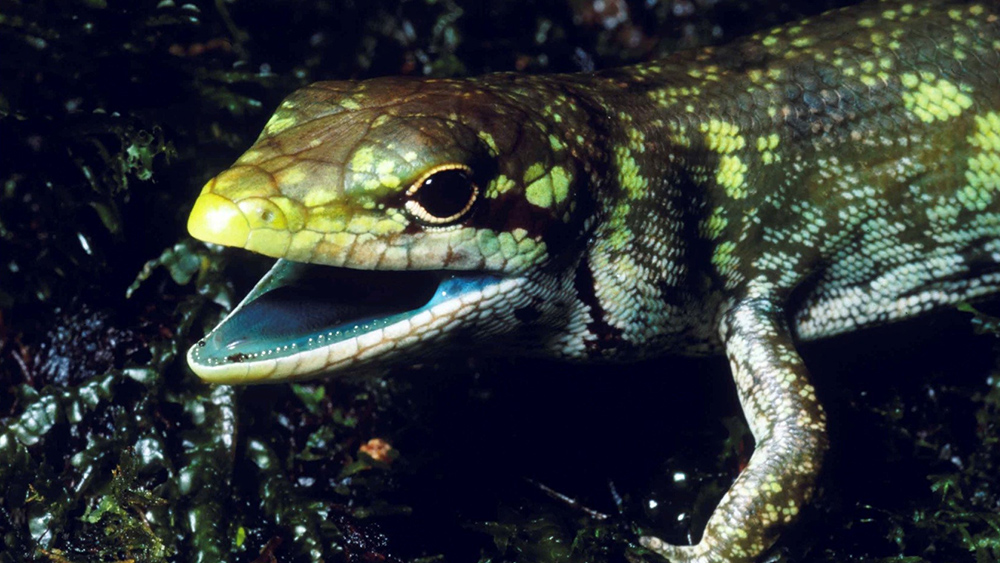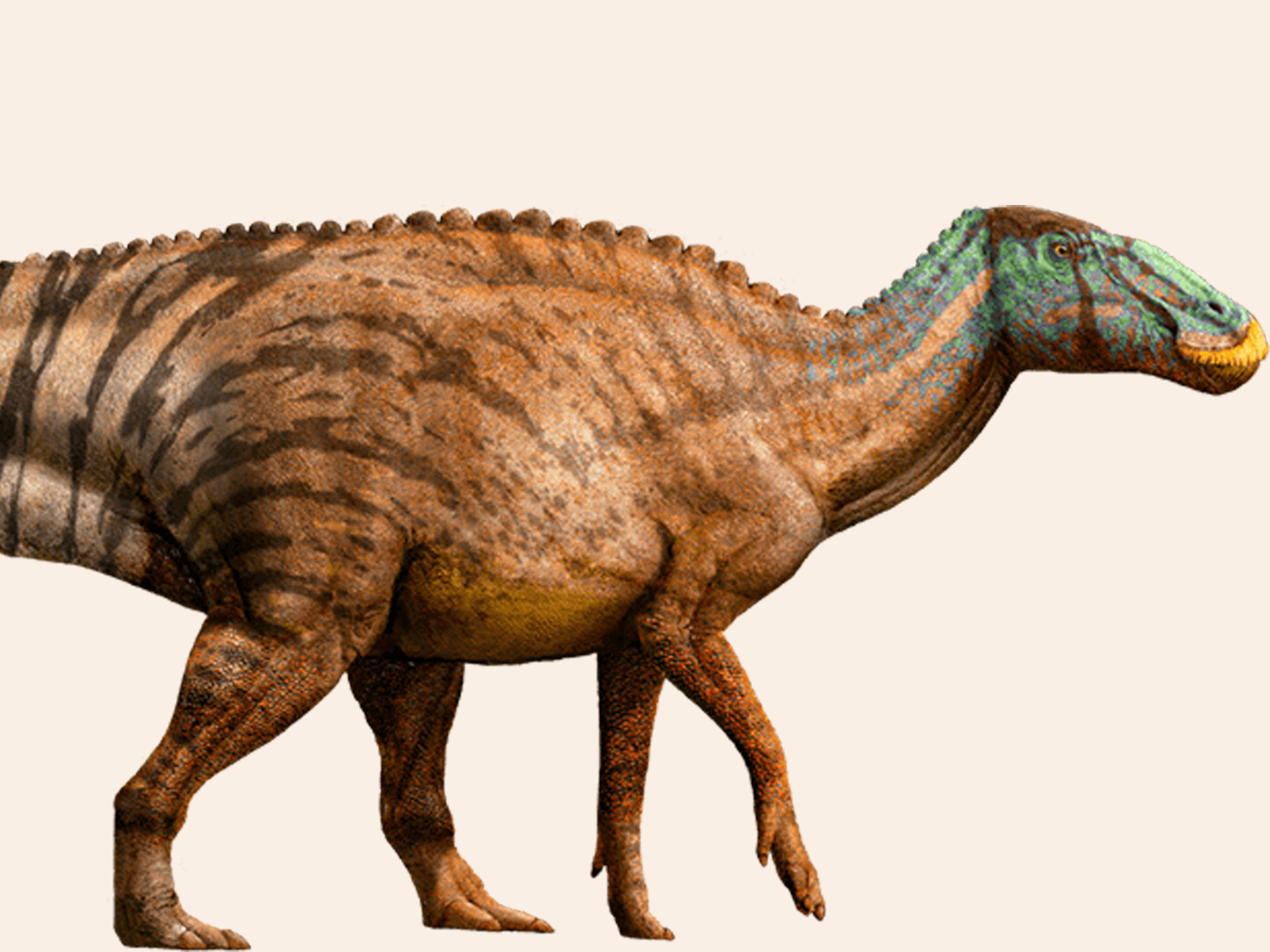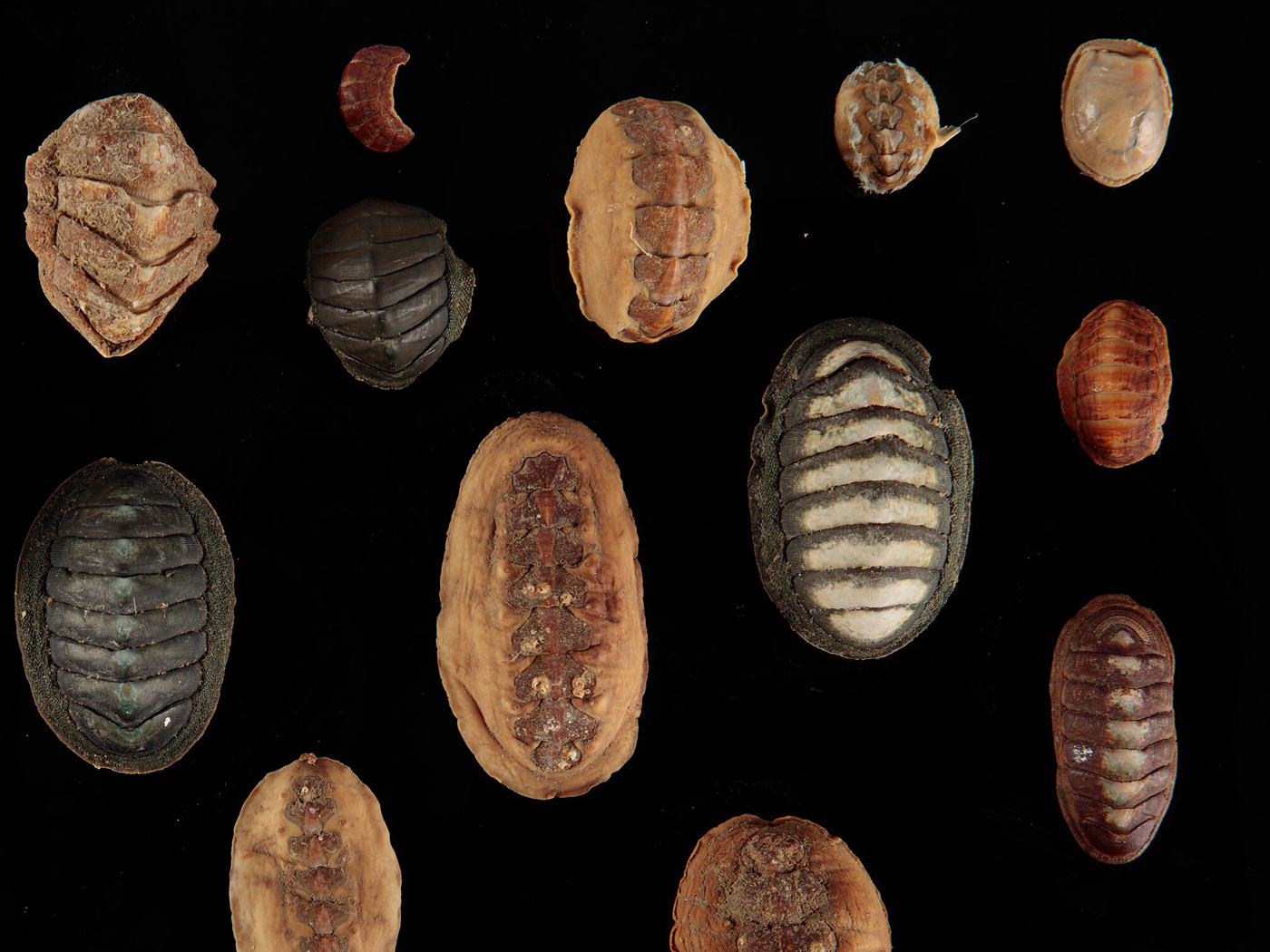Green blood is not something you see every day. The recent search for why several species of lizards found in New Guinea have green blood assumes an evolutionary origin for these creatures. It seems like the researchers started with a discovery that indicates green blood developed independently in four species from red-blooded ancestors.1
A non-random process like that would support a designed-based explanation for lizard functionality. ![]()
Because this is a repeated independent expression of green blood, then it suggests that the lizards self-adjust in similar ways to similar environments. This find should prompt researchers to look for an innate mechanism that is suitably responding with the development of green blood. Yet, a non-random process like that would support a designed-based explanation for lizard functionality. So, instead, these researchers proposed an evolutionary approach. This means they combed through the lizard genomes trying to spot “random” mutations that were parsed out over time in the surviving lineages of lizards.
Researchers under the direction of Christopher C. Austin, an evolutionary biologist at Louisiana State University, were seeking clues as to the ancestral relationship of different species of Australasian skinks. To do so, they compared the DNA sequence data of 119 lizards from 51 species. Six species had green blood—including two new species that were previously undescribed.
They didn’t discover why these lizards have green blood or its benefit. In fact, no one has yet reported that information. The lizards actually have oxygen-carrying cells in their blood that are red just like other lizards. An astonishingly high concentration of the green-bile pigment biliverdin pervades their circulatory system, and subsequently their bodies, coloring their blood, muscles, bones, tongue, and mucus membranes a bright lime-green color. These bile pigments are waste products resulting from the breakdown of old or damaged red blood cells. This biliverdin is usually toxic to most creatures, including humans, and so most creatures quickly process or excrete it. When humans accumulate too much due to illness, they become jaundice and may suffer toxic cellular damage, especially to the neurological system. Yet, several New Guinea lizards have the highest concentration of blood biliverdin measured for any known animal and they function normally even with concentrations 15-20 times greater than the highest toxic level recorded in humans.
Austin’s team of evolutionary biologists reported several other details that seem to challenge elements of evolutionary theory itself and the reliability of conducting research within its assumptions.
For instance, evolutionists diagram relationships between organisms by comparing the similarities of their traits, and their charts are representations of evolutionary lineages which they take as evidence for common descent. The problem is that one type of creature may share a few traits with others that are hard to explain by evolutionary common descent. So, these diagrams are subjective since they are highly influenced by which traits individual evolutionists choose to compare and emphasize. Therefore, any two evolutionists may create lineage diagrams that are very different from one another.
The report notes this problem saying, “Five described species of lizards with green blood are currently grouped into the same genus (Prasinohaema) based solely on blood coloration despite the fact that the five species are morphologically and ecologically divergent.” Austin’s team notes that numerous species with green blood aren’t closely related to one another and have more in common with red-blooded lizards.
Based on these distinctions in genomic analysis the team came to their main conclusion,
We use phylogenomic data from thousands of genome-wide loci to establish a robust phylogeny for Prasinohaema and related Australasian lizards with normal blood to determine the evolutionary history of green blood. Our phylogenetic and ancestral character state reconstruction results produce a highly robust phylogeny that supports four independent origins of green blood, demonstrating surprising evolutionary dynamism of green blood.
Later, they summarize this conclusion as “strong support for four separate origins of green blood.”
If true, this is an interesting finding but still counterintuitive from established views guided by current evolutionary theory as the researchers themselves acknowledge, “Considering the pathological consequences of elevated concentrations of bile pigments in most animals, green blood was assumed to have originated only once in amniotes.”
Also, given evolutionary theory’s insistence on the random nature of genetic variation and the purposeless characterization of nature somehow “favoring” or “punishing” any individual organism in the “selection” process, how likely is it that green blood would emerge independently four times? The probability of that happening is even murkier since the authors admit, “How cytotoxicity of bile pigments might be selected for is unclear.”
In spite of these difficulties, they persist in constraining their explanations to only those firmly rooted in evolution, saying,
Our analyses indicate four independent origins of green blood from a normal, red-blooded ancestor with no losses. The primary alternative hypothesis is that there was only a single origin of green blood followed by four or more losses, an evolutionary process presumably driven by natural selection.
Of course, at least one other alternative explanation is that green blood and the mechanisms that produce it are not due to Darwinian selection at all. But the commitment to evolutionary selection can stifle scientific research by derailing scientists from asking key questions which might direct research in other directions, such as:
• Could the increase in biliverdin be mediated through epigenetic mechanisms and not due to random genetic variation?
• If there is an innate genetic cause, could the genes for green blood spread through a population over time by ways that have nothing to do with a process of death and survival?
• Since the repeated and independent expression of any trait sounds like the product of engineered processes, shouldn’t we search for innate mechanisms that produce green blood as a purposeful response to similarly encountered external conditions by each species of lizard?
This green blood speaks clearly of design, not evolution. ![]()
Answering these questions may reveal evidence that lizards have been purposefully designed to function normally with high biliverdin levels, but Austin and his fellow researchers seem blind to that possibility. And yet, they are studying the remarkable development of a rare condition like elevated biliverdin (normally toxic to most creatures) in six different species. This green blood speaks clearly of design, not evolution.
References
- Rodriguez, Z. B., S. L. Perkins, C. C. Austin. 2018. Multiple origins of green blood in New Guinea lizards. Science Advances. 4 (5): eaao5017. DOI: 10.1126/sciadv.aao5017.i>
- The Mystery of Lime-Green Lizard Blood: Scientists find clues that may lead to cures for malaria and other diseases. LSU Media Center. Posted on www.lsu.edu on May 16, 2018 accessed on May 21, 2018.
Stage image: Prasinohaema prehensicauda are lizards found in New Guinea with green blood, bones, muscles, and membranes due to high concentrations of the green bile pigment biliverdin.
Stage image credit: Copyright © 2018. C. Austin, LSU. Used in accordance with federal copyright (fair use doctrine) law. Usage by ICR does not imply endorsement of copyright holders.
*Randy Guliuzza is ICR’s National Representative. He earned his M.D. from the University of Minnesota, his Master of Public Health from Harvard University, and served in the U.S. Air Force as 28th Bomb Wing Flight Surgeon and Chief of Aerospace Medicine. Dr. Guliuzza is also a registered Professional Engineer.














